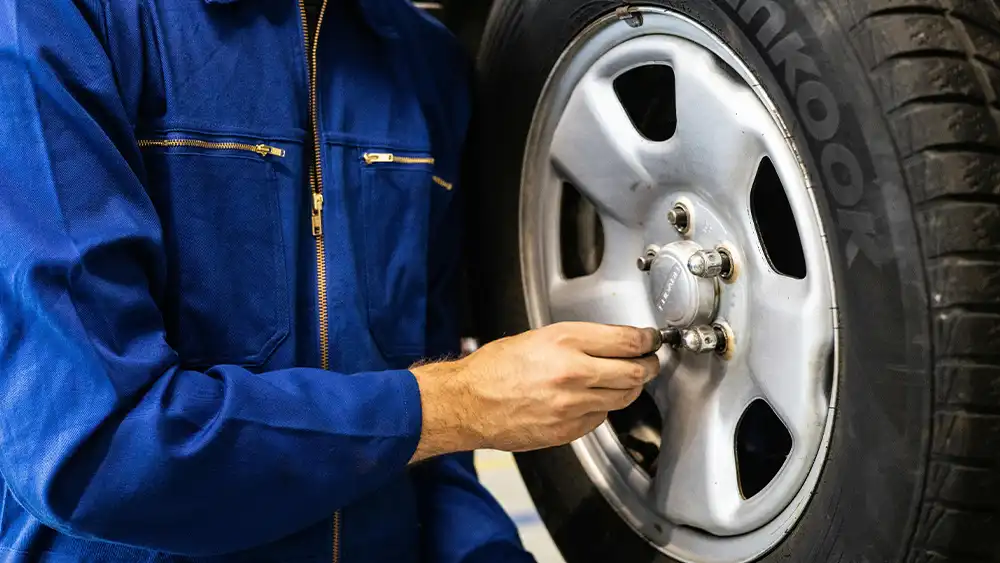How to Know When Car Tires Need Replacing

Car tires, without a doubt, play a role that’s impossible to ignore. They’re what keep you connected to the road, delivering safety and control with every turn of the wheel. The grip they offer is absolutely essential. But here’s the thing: tires don’t last forever, and ignoring their condition can spell trouble. That’s why regular tire checks matter so much. It’s one of those things that’s easy to overlook, yet it could save your life. Worn tires? They’re a recipe for disaster, and no one wants a blowout mid-drive.
Importance of Regular Tire Maintenance for Safety and Performance
1. Recognizing Worn Tires
Take a moment to think about your tires’ treads. They’re those grooves you see on the surface. Funny how something so simple can be so important. Without them, your car would slide all over the place, especially in rain or snow. It’s crazy to imagine, but even something as small as a penny can help you figure out if it’s time for new tires. Stick a penny into the tread grooves—if the top of Lincoln’s head is visible, it’s game over for those tires. They’re no longer safe.
But it’s not just depth that matters. Uneven tread wear can also scream “problem.” Sometimes, it’s a sign your tires aren’t aligned properly, or maybe they’re imbalanced. Both scenarios call for action, not just for safety but for smoother driving. It’s not just about comfort; bad tires can even cost you more at the pump. You might also have to consider tire repair and replacement. Amazing how connected everything is, isn’t it?
2. Damage That’s Easy to Spot
Did you ever glance at your tires and notice something that looks off? Maybe it’s a small crack along the sidewall or a strange bulge. These are big red flags. At first glance, they might not seem like a big deal, but the truth is, these tiny imperfections could mean something’s seriously wrong inside. A bulge, for example, could mean the tire’s internal structure is failing. And cracks? Well, they only get worse over time.
I learned the hard way once—ignored a small cut on a tire, thinking it was nothing. A month later? Flat tire on the side of the highway. It wasn’t fun. Trust me, if you see anything suspicious, get it checked out. Better to be safe than deal with a blowout when you’re cruising at 70 mph.
3. Tires Have a Clock, Too

Most people don’t think about the age of their tires, but it’s a huge deal. Even if your tires look fine—no cracks, plenty of treads—they might be too old to be safe. Rubber ages, and not in a good way. After about six years, the material can start breaking down, even if you haven’t driven much. The Department of Transportation (DOT) makes it easy to check, though. Just look for the code on the side of the tire. It tells you when it was made. If you’re rolling around on tires more than a decade old, it’s time to replace them. No exceptions.
Old tires can feel like a ticking time bomb. They’re not as reliable, even if they pass the eye test. When they fail, it’s usually without warning. Why risk it?
4. When Seasons Change, So Should Tires
Think about winter. Cold, icy roads require a special kind of tire. Then, flip to summer—hot asphalt is a completely different challenge. Using the wrong tire for the season can wear them out faster. It’s not just about safety; it’s also about how your car handles. Did you ever try to drive on bald summer tires during a snowstorm? Let me tell you, it’s terrifying.
Switching between summer and winter tires might feel like a hassle, but it’s worth it. I mean, you wouldn’t wear flip-flops in the snow, would you? Your car needs the same kind of logic. In addition, inappropriate tires can also impede fuel efficiency and vehicle handling.
5. A Simple Habit That Saves Lives
If you think checking tires is too much trouble, think again. It takes maybe ten minutes. And that’s if you’re slow. Walk around your car. Look at the treads. Check the sidewalls for damage. Don’t forget to see how old they are. If you spot something off, don’t wait. Head to a tire shop. A quick inspection could mean the difference between life and death.
It’s wild how something as simple as a tire can make or break your driving experience. The right ones keep you safe, save fuel, and even make your car ride smoother. Neglect them, and you’re gambling every time you hit the road.
Conclusion
In the end, car maintenance isn’t just about oil changes or brake pads. Tires deserve just as much attention. Maybe even more. They are the vehicle’s only interface with the road surface. That’s why staying on top of their condition is non-negotiable. Don’t wait until it’s too late. Replace them when they’re worn, damaged, or just too old. It’s a matter of life and death for you and other drivers.

news via inbox
Sign up and never miss out on the latest news and updates at HighStuff




